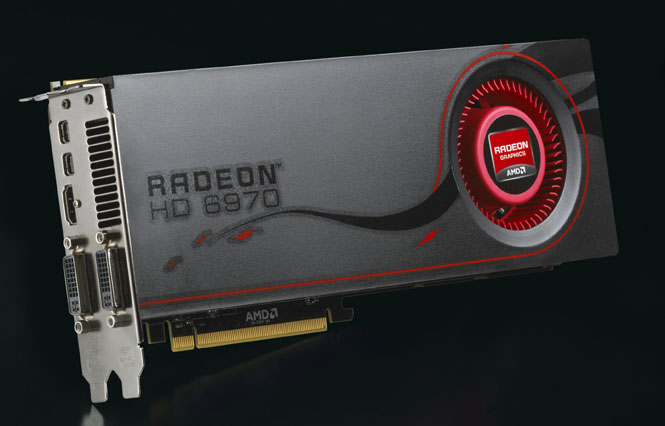Earlier this month, AMD launched its latest high-performance video assault on serious PC gamers in the form of its new AMD Radeon HD 6950 and HD 6970 video cards. One of the features of those cards is dual-BIOS support, meaning that ambitious users can load the cards with experiment BIOS’s in an effort to eake more performance from the systems while being able to toggle back to factory installed BIOS with the flip of a toggle switch. And it didn’t take long for gamers to leverage the capability: users have figured out how to convert the AMD Radeon HD 6950 into the equivalent of the more expensive AMD Radeon HD 6970…just by installing new BIOS.

The method, reported in Tech PowerUp and other sites, involves installing the Radeon HD 6750 BIOS into the Radeon HD 6950 card. The changed BIOS enables an additional 128 shaders on the RAdeon HD 6950, which can offer a significant performance increase and, effectively, gives the HD 6950 all the functionality of the HD 6970 card. However, the cards are not exactly equivalent: the less-expensive HD6950 still hits a power consumption plateau earlier than the HD 6970; however, users can optionally increase the power limit on the card and even run it over manufacturers specifications to get more performance—assuming, of course, they have a power supply capable of keeping up with a card drawing 220 to almost 260 watts.
Of course, running any sort of unauthorized BIOS—and cranking power limits—may have negative impacts on a card’s performance—and warranty. But mods of this nature are common in the high-end gaming community, and AMD did ship these cards with dual BIOS capability, meaning they had to have understood users were going to try pushing the cards’ limits.
The ability to activate additional shaders via BIOS is unusual: although many video cards are based on the same processing cores, graphics manufacturers over disable features in hardware to ensure their lower-cost parts don’t compete with their higher-end offerings in the aftermarket. However, given that both the Radeon HD 6950 and 6970 target reasonably high-end gamers, AMD may have concluded they weren’t taking a very big risk…and could make some modders very happy.
Editors' Recommendations
- AMD’s new integrated graphics might beat popular Nvidia GPU
- AMD Super Resolution is coming to the Xbox Series X. Here’s why that matters
- RDNA 3 could make AMD’s Radeon RX 6900 XT successor 250% more powerful
- AMD says it duped Nvidia with a price fakeout, escalating a two-front chip war
- AMD’s new Radeon RX 5700 wants you to leave 1080p gaming behind for good



